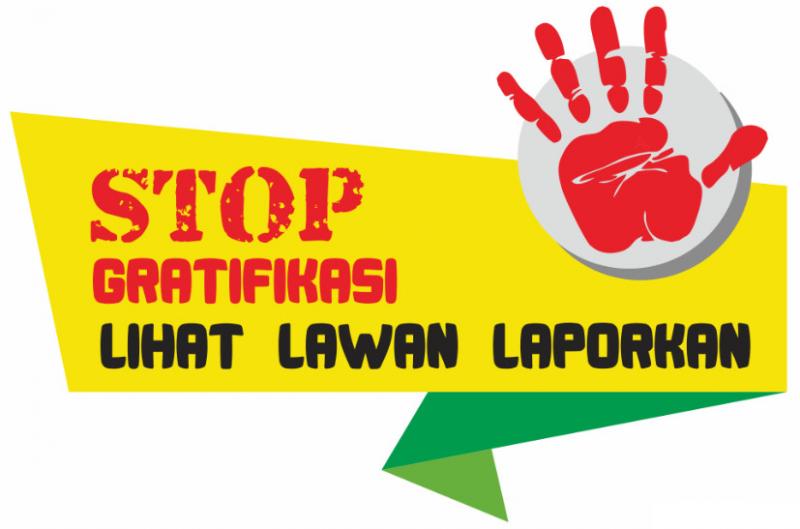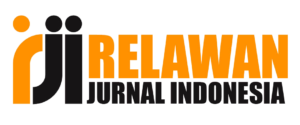SCENARIO PLANNING PENINGKATAN KINERJA LEMBAGA KEARSIPAN DALAM PENGOLAHAN ARSIP STATIS GUNA MENINGKATKAN AKSES DAN PELAYANAN PUBLIK
DOI:
https://doi.org/10.46836/jk.v8i1.84Keywords:
Scenario Planning, Driving Forces, Archival Organization, Archives Arrangement and Description, Archival Description Standard, Competency of ArchivistAbstract
Archives, regardless their forms and media are a source of information and a collective memory that raise the national consciousness and assert the national character and identity of Indonesia. Through archives, people could study the failure and achievement experienced by the nation. Therefore, archives could become a significant reference for the nation development in the future. Within its jurisdiction, archival organization is obligated to conduct archives arrangement and description in order to provide access and public service. However, there is no archival description standard on the implementation of archives arrangement and description to enhance the quality of finding aids resulted. Thus, the short supply of archives arrangement and description process and productivity occurs. The emerging consequence is a low level of archives accessibility, bad quality of archival service, little well integrated information within archives, and obstructive development of science. The entitled study, “Scenario Planning for the Improvement of Archival Organization Performance in Archives Arrangement and Description in order to increase the Archives Accessibility and Public Service”, is intended to understand the affected driving forces of the archives arrangement and description in archival organization. This study employs a qualitative approach using literature review and problem solving analysis through scenario planning tool through linier and nonlinier thinking system. The primary problems analysis in archives arrangement and description discovers eight driving forces that could not work optimally in assembling the archives arrangement and description process in archival
organization. These driving forces are archival description standard, infrastructure, and budget, competency of archivist, technology, archives condition, coordination, and top management commitment. The study analysis discovers that archival description standard and competency of archivist are the ground problems of the non-optimal arrangement and description process in archival organization. In the midst of the scenario planning tool, this study formulizes scenario for each quadrant by using a metaphoric terms of flower being relevant with the condition on each quadrant. These terms are “Jasmine” for the 1st quadrant, “Cananga” for the 2nd quadrant, “Rose” for the 3rd quadrant, and “Corpse Flower” for the 4th quadrant. The two main driving forces analysis results conclusion and recommendations. The conclusion is that the archival organization performance in archives arrangement and description are very much influenced by archival description standard and archivist competency. The first recommendation is that the archival description standard must be created and implemented in the frame of policy of archival organization authority. Second, the archival organization must give an
opportunity for archival human resources working on archive arrangement and description unit to do trainings, internships, and technical courses in Indonesia or overseas. These are very important in order to improve the performance of archival organization, especially on archives arrangement and description process.
References
Hadiwardoyo, Sauki. 2002. Terminologi Kearsipan Nasional. ANRI Jakarta.
International Council on Archives (ICA). 1999. ISAD(G) General International Standard Archival Description, 2nd edition. ICA. Ottawa.
Lembaga Administrasi Negara. 2003. Kajian Paradigma. LAN RI. Jakarta.
_____. Kajian Kebijakan Publik. LAN RI. Jakarta.
Pustaka Phoenix. 2009. Kamus Besar Bahasa Indonesia Edisi Baru. PT Media Pustaka Phoenix. Jakarta.
Standar Nasional Indonesia (SNI) 19-6962.1-2003. Dokumentasi dan Informasi-Manajemen Rekaman. Bagian I – Umum.
The International Organization for Standardization (ISO) 15489. Information and Documentation-Records Management. Part 1: General (and) Part 2: Guidelines. 35
Wallace, Patricia, E, (and) Ann Jo. 1992. Records Management; Integrated Information System. Englewood Cliff. New Jersey-Prentice Hall.
Walne, Peter (ed). 1992. Dictionary of Archival Terminologi, German, Italian, Russian and Spanish, Muenchen-New York-London-Paris; English and French with Equivatent in Dutch.
Republik Indonesia. 2002. Undang-Undang Dasar Tahun 1945 Hasil Revisi.
_____. 2008. Undang-Undang Nomor 14 Tahun 2008 tentang Keterbukaan Informasi Publik.
Lembaran Negara Republik Indonesia Tahun 2008 Nomor 61. Tambahan Lembaran Negara Republik Indonesia Nomor 4846.
_____. 2009. Undang-Undang Nomor 43 Tahun 2009 tentang Kearsipan.
Lembaran Negara Republik Indonesia Tahun 2009 Nomor 152.
Tambahan Lembaran Negara Republik Indonesia Nomor 5071












